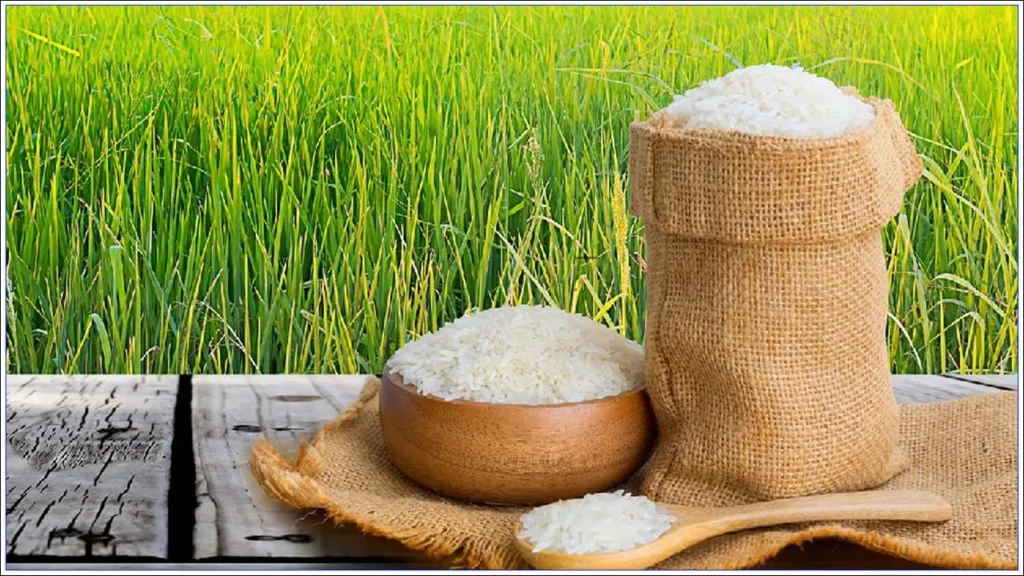Cliff rice, a unique and versatile crop, has been gaining popularity in recent years. This guide will delve into the intricacies of the cliff rice business, exploring its cultivation, benefits, market potential, and much more. Whether you are a budding entrepreneur or an established farmer looking to diversify, understanding the cliff rice business could be your key to success.
What is Cliff Rice?
Cliff rice, scientifically known as Oryza sativa var. spontanea, is a variety of rice that thrives in rugged, mountainous terrains. Unlike traditional rice that requires flat, flooded fields, cliff rice grows on steep slopes and terraces, making it an ideal crop for regions with hilly landscapes.
Benefits of Cultivating Cliff Rice
1. Adaptability to Harsh Conditions
Cliff rice is highly adaptable to harsh environmental conditions. It can grow in poor soil quality and requires less water compared to other rice varieties. This makes it an excellent option for areas facing water scarcity or those with infertile soil.
2. Economic Viability
The cultivation of cliff rice can be more economically viable than traditional rice farming. Due to its ability to grow in less fertile soil and with minimal water, the costs associated with fertilizers and irrigation are significantly reduced. Additionally, the unique growing conditions often result in fewer pest and disease problems, reducing the need for chemical pesticides.
3. Nutritional Value
Cliff rice is known for its high nutritional value. It is rich in vitamins, minerals, and antioxidants, making it a healthy choice for consumers. This nutritional profile can be a strong selling point in the health-conscious market.
Cultivation Practices for Cliff Rice
1. Land Preparation
Preparing the land for cliff rice cultivation involves creating terraces on steep slopes. These terraces help in soil retention and water management. It is essential to ensure that the terraces are well-leveled and have proper drainage to prevent waterlogging.
2. Soil Requirements
Cliff rice thrives in well-drained, sandy loam soils with a pH range of 5.5 to 7.5. Before planting, it is advisable to conduct a soil test to determine the nutrient content and make necessary amendments.
3. Planting Techniques
Cliff rice can be planted using direct seeding or transplanting methods. Direct seeding involves sowing the seeds directly onto the prepared terraces, while transplanting involves growing seedlings in a nursery and then planting them in the fields. Transplanting is generally preferred as it ensures better establishment and growth of the plants.
4. Water Management
Efficient water management is crucial for cliff rice cultivation. While cliff rice requires less water compared to traditional rice, it is essential to maintain adequate moisture levels, especially during the critical growth stages. Implementing drip irrigation systems can help in conserving water and ensuring uniform distribution.
5. Fertilization
Cliff rice responds well to organic fertilizers. Incorporating compost, green manure, and other organic matter can enhance soil fertility and improve crop yield. It is also beneficial to apply a balanced dose of nitrogen, phosphorus, and potassium based on the soil test results.
6. Pest and Disease Management
Although cliff rice is relatively resistant to pests and diseases, regular monitoring is essential to identify any potential threats. Integrated Pest Management (IPM) practices, including the use of biological control agents and cultural methods, can effectively manage pest and disease problems.
Harvesting and Post-Harvest Management
1. Harvesting
Cliff rice is typically ready for harvest 120-150 days after planting, depending on the variety and growing conditions. The rice is harvested when the grains are fully matured and have a golden-yellow color. Manual harvesting is commonly practiced, although mechanical harvesters can be used in larger fields.
2. Threshing and Drying
After harvesting, the rice is threshed to separate the grains from the stalks. This can be done manually or using mechanical threshers. The grains are then dried to reduce the moisture content to safe storage levels, usually around 12-14%.
3. Storage
Proper storage is crucial to maintain the quality of cliff rice. The dried grains should be stored in clean, dry, and airtight containers to prevent contamination and insect infestation. It is also advisable to store the rice in a cool, dark place to prolong its shelf life.
Market Potential of Cliff Rice
1. Demand in Health-Conscious Markets
The increasing awareness of healthy eating habits has boosted the demand for nutritious food products. Cliff rice, with its high nutritional value, fits perfectly into this market trend. Marketing cliff rice as a health food can attract health-conscious consumers and premium pricing.
2. Export Opportunities
Cliff rice has significant export potential, especially in countries with limited arable land but high demand for rice. Establishing connections with international buyers and obtaining necessary certifications can open up lucrative export markets.
3. Value-Added Products
Diversifying the product range can enhance the market potential of Cliff Rice. Processing cliff rice into value-added products such as rice flour, rice bran oil, and ready-to-eat snacks can cater to a broader consumer base and increase profitability.
Challenges in Cliff Rice Cultivation
1. Labor-Intensive Practices
The cultivation of cliff rice is labor-intensive, especially during land preparation and harvesting. Mechanization options are limited due to the rugged terrain, which can increase labor costs and reduce overall efficiency.
2. Accessibility Issues
Farms located in remote, mountainous areas may face challenges in terms of accessibility. Transporting inputs and outputs can be difficult and costly, impacting the overall profitability of the cliff rice business.
3. Market Penetration
Entering and establishing a foothold in the competitive rice market can be challenging. Effective marketing strategies and building strong distribution networks are crucial to overcoming these challenges.
Conclusion
The cliff rice business presents a unique opportunity for farmers and entrepreneurs looking to explore alternative crops. With its adaptability to harsh conditions, economic viability, and high nutritional value, cliff rice holds great promise. However, it is essential to address the challenges associated with its cultivation and market penetration to fully capitalize on its potential.
Frequently Asked Questions (FAQs)
1. What makes cliff rice different from traditional rice?
Cliff rice differs from traditional rice in its adaptability to grow in rugged, mountainous terrains with less water and poor soil conditions.
2. How long does it take to cultivate cliff rice?
Cliff rice typically takes 120-150 days from planting to harvest, depending on the variety and growing conditions.
3. Is cliff rice nutritionally superior to regular rice?
Yes, cliff rice is known for its high nutritional value, being rich in vitamins, minerals, and antioxidants.
4. What are the primary challenges in cultivating cliff rice?
The main challenges include labor-intensive practices, accessibility issues in mountainous regions, and market penetration.
5. Can cliff rice be grown in any climate?
Cliff rice is adaptable to various climates but performs best in regions with moderate temperatures and adequate rainfall.







2 thoughts on “The Cliff Rice Business: A Comprehensive Guide”